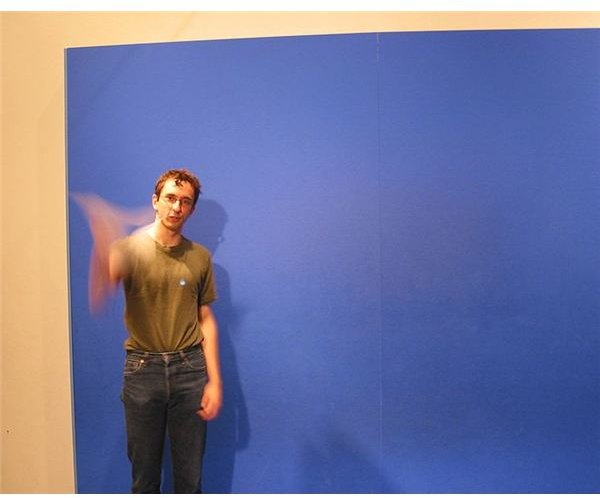The History of Special Effects
Prologue
The early magic, tricks, and special techniques to create vision illusions and special effects are strongly believed to be the foundations of the modern special effects. Summoning of the dead has also been associated with the early forms of special effects, wherein images of historical figures were projected onto smoke to give a ghostly appearance.
What Are Special Effects?
Special effects mixture of mechanical effects, and optical effects; initially, the visual effects were considered as special effects as described above. However, the in-camera optical effects, on-set mechanical effects, and the digital post-production special effects are now defined separately. However, there’s still a very thin line between the various types of effects used in the modern cinemas. Now, let us take a detailed look at the evolution and history of special effects.
Pepper’s Ghost
During 1800s, John Henry Pepper made use of 2-way mirrors made from glass sheets, which became yet another popular technique that led to the invention of the “Pepper’s Ghost”. This technique was later on used even in the horror movies for creating images of ghosts, and is acclaimed to be one of the important developments in the history of special effects.
The Greatest Developments
In 1896, the first film projector was marketed, and in 1897, the first European film studio which had dolly track, hanging bridge, and trap doors, was set up for shooting a short action film title ‘The Motorist’.
Most of the early special effects were used in this movie, and paved the way for commercial usage of special effects on a greater scale. But, the biggest moves in the development of special effects came in the twentieth century with the invention of advanced computers, and several technological advancements.
As the power of animation and special effects increased, people could replicate real humans, aliens, monsters, building and virtually everything. And, pretty soon it became possible to even re-create the Titanic ship, and allow millions of viewers to see it sink again on big screens.
Stop Motion Picture
** **The biggest revolution in the history of special effects was the evolution of stop motion, followed by miniatures, and Matte Effects. Now, the extent of usage of special effects has grown to such an extent that most of the modern movies are built around just special effects.
**The biggest revolution in the history of special effects was the evolution of stop motion, followed by miniatures, and Matte Effects. Now, the extent of usage of special effects has grown to such an extent that most of the modern movies are built around just special effects.
Stop motion, commonly referred to as stop action, and frame-by-frame, makes it possible to make a physically manipulated object appear as though it was moving on its own.
Basically, the original object is moved in small increments with the help of a number of photographed frames, creating the illusion of actual movement when the sequence is played at a fairly high speed.
This superb technique has allowed the animation experts to create amazing stop motion effects that look highly real, and give a magical impact.
For instance, take a look at this photo, which looks as though the coin is really moving!
Read more on Stop Motion in the 1900s here.
Latest Trends
It is the e-age, and the special effects have been developed to such an extent that today one can do virtually anything by merely picturizing the animated characters, and bringing them to life with the help of special effects. Unlike the earlier special effects, which were mostly visual tricks, the modern day effects have plenty of underlying technological connections, which give a natural feel to them. Most of the latest Hollywood blockbusters have gained fame due to heavy usage of special effects, and animation!
No wonder, with the advent of 3D technology, movies like Avatar are gaining widespread popularity, and we may soon see movies, which are full of extreme special effects that were never witnessed before!
Here are some of the Best Free Special Effects Software Programs that are definitely worth trying!
